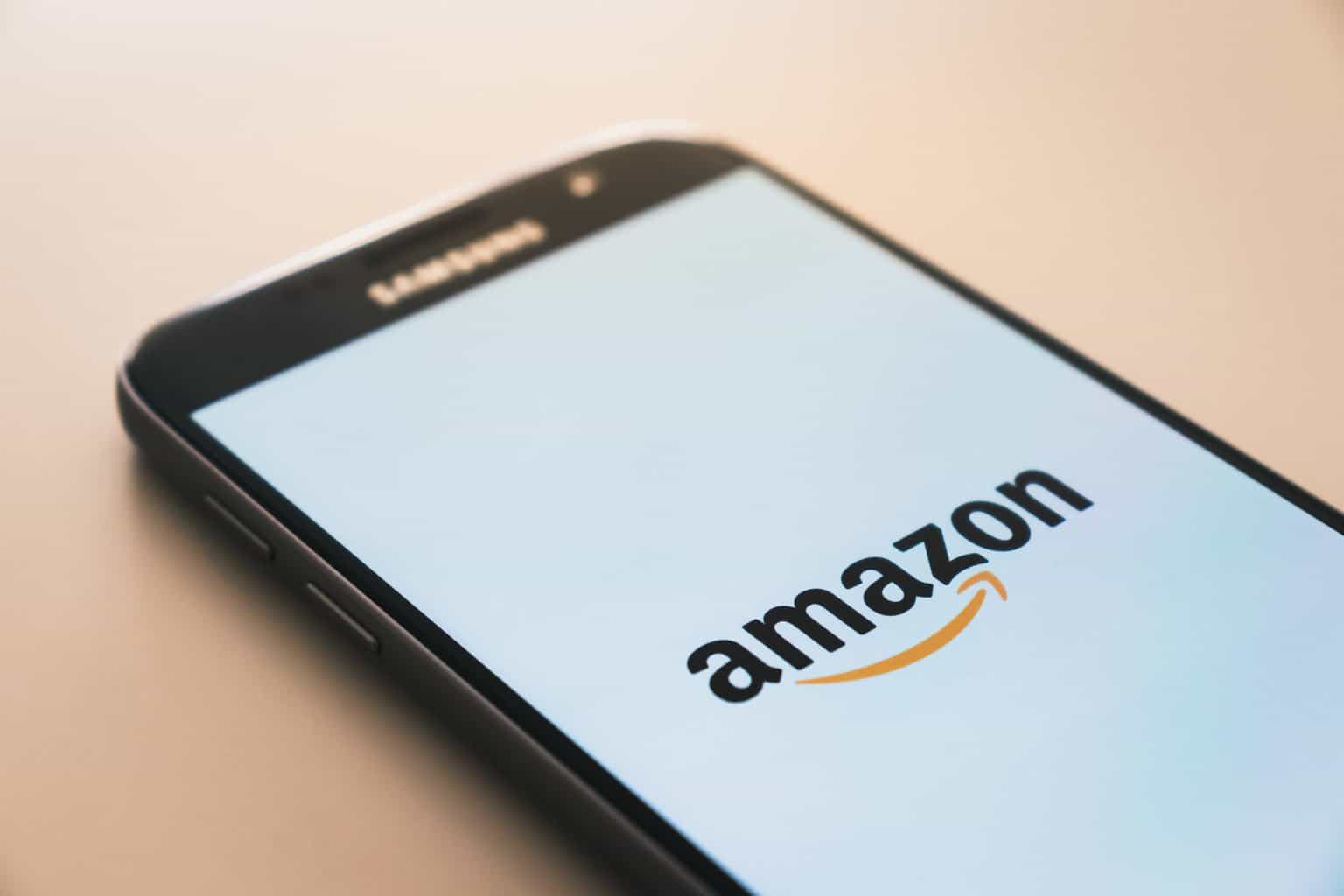How to create an Amazon Store for affiliate marketing

The biggest global online store is, of course, Amazon, and it’s a great source of traffic and business for affiliate marketers. So much is said about how to market on blogs or social media, but very little is said about the store itself. Did you know you could create your own storefront and fill it with either your own items you’re selling or items you have been commissioned to promote?
We’re looking at how you can start up your Amazon Storefront and kickstart your affiliate marketing journey with ease.
The practical first steps
-
Sign up for the Amazon influencer program
The Amazon influencer program is the entire affiliate package: open your shop and get paid for selling. You earn a commission when people buy something from your shop through you. You can simply recommend your favourite items found on Amazon or sell your own items. When you’re scrolling TikTok and an influencer says to “find my dress in my shop”, that’s what they’re referring to.
-
Or create a professional account
This option omits the influencer aspect, but you can do that in your own time. Plus, you’re likely to stand out as a shop owner selling their own unique products. It’s as easy as following the sign-up forum and going through the motions, whereas signing up for the Amazon influencer program is likely to come with some barriers to entry, like a follower count.
-
Enrol your brand in Amazon Brand Registry
Either way, you’re going to have to register your brand in the Amazon Brand Registry. This is designed to protect your intellectual property and your brand’s name. It automatically registers your brand for all European countries, so, for a marketing move, you might want to register it before designing your logo and website in case your name is already taken.
-
Use Amazon Stores tools to create your unique storefront
You can use a template in your store’s settings to create an eye-catching storefront. If you log into Seller Central, select Stores, Manage Stores, and then Create Store, you’ll have lots of template to choose from, complete with adjustable tiles for images, text, video, and any other content you can think of.
Additionally…
You might want to use the collection of Amazon tools that will optimise your storefront for mobile use. Users are browsing on their phones much more than they are on their PC or laptop nowadays. You want to make the journey from discovery to sale as easy and quick as possible, and if your customers have to boot up their computer to buy that item they saw on social media, you’re likely to lose a sale.
The content
You do, in fact, have content within the storefront itself, which means you’ll have to become somewhat of a web developer. Don’t worry, it’s simple. You have a template to follow like any other website builder. Instead, you can indulge in creating your graphics, banners, rearranging tables, optimising your SEO with fields, and more tools that the Amazon Storefront offers. Remember to make it yours but consider your demographic. Make sure to show them right away with your imagery that this storefront is for them.
Additional marketing
There are a few different ways you can use an Amazon shop in your affiliate marketing strategy, but all of them are going to require additional marketing strategy and budgets to invest in building scale. Amazon isn’t really the place for browsing. Because it holds everything in their own ecosystems, potential customers are more likely to browse on social media and find specifically what they want on Amazon to purchase it.
Make sure you have your social media marketing strategy planned out as that will help you drive new customers to your Amazon store front. You could invest revenue in PPC and SEO content as well as do paid ads targeted to certain audience segments to drive more traffic to your Amazon store. There’s also the option to offer a referral or loyalty program asking your existing customers to refer their friends too. Make content around your items or simply create content around your own uses and in your daily life with the online equivalent of product placement. Use engagement with your audience to up your numbers and stick to a niche or demographic to make sure that you’re always offering your audience what they want and are willing to buy.
It’s important though that you understand what the regulatory guidelines are for affiliate promotions especially if you’re based in the US where FTC guidelines are clear on how affiliates can promote products and services online.
If you are interested in learning more about affiliate marketing, take a look at our newsletter and subscribe for all the latest news and advice. Or for a more personalised approach, book a free call with a member of our Agency team and we’ll help you launch, scale or grow your affiliate program together.
If you want to learn from industry experts in this channel join us at ELEVATE Summit a virtual event taking place in July. Register to join us at ELEVATE Summit today! We’re helping you elevate your performance programmes and partnerships too!






